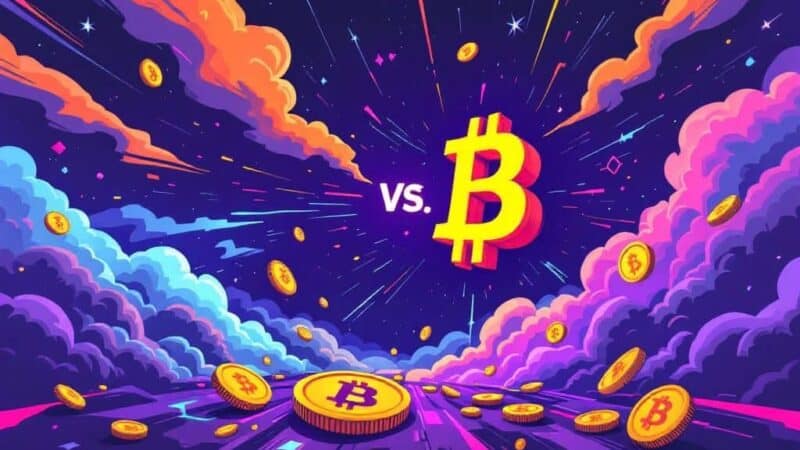Ethereum’s Fusaka Upgrade Set for December 3rd Launch
- Fusaka upgrade enhances Ethereum ETH +2.67% with major scalability improvements.
- Upgrade expected to significantly increase gas limits.
- Potential boost for Layer 2 and DeFi protocols.
Ethereum is set to implement its Fusaka upgrade on December 3, enhancing network scalability and security through PeerDAS and increased gas limits, led by its foundation’s core developers.
Scheduled enhancements aim to boost Ethereum’s throughput, potentially impacting Layer 2 networks and DeFi protocols, reflecting significant shifts in market performance post-upgrade.
Ethereum’s Fusaka upgrade is confirmed for December 3, 2025. It promises scalability and security enhancements, focusing on PeerDAS data sharding and gas limit expansion. The Ethereum Foundation confirms deployment after thorough testing on the Hoodi testnet.
Led by Ethereum Foundation researchers and core developers, the Fusaka upgrade integrates over ten Ethereum Improvement Proposals. This team facilitated past upgrades like Dencun and Shapella, ensuring Ethereum’s development continues seamlessly and sustainably.
Impact on Network Throughput
The Fusaka upgrade is set to impact the network throughput, potentially lowering fees and affecting demand for ETH. Layer 2 solutions such as Arbitrum and Optimism may benefit from improved data availability and network efficiency.
Financial implications include a projected increase in Total Value Locked (TVL) for DeFi protocols. This will be driven by increased capacity and efficiency from Fusaka’s enhancements, promoting growth in rollups and decentralized exchanges. As the
Ethereum Foundation, Official Communicator, Ethereum Foundation,, “Fusaka implements over ten Ethereum Improvement Proposals (EIPs), highlighting PeerDAS and gas limit expansion.”
Historical Context and Future Implications
Historically, Ethereum upgrades have led to increased Layer 2 activities and shifts in staking dynamics. The Fusaka upgrade may trigger similar patterns, impacting governance tokens and decentralized finance ecosystems significantly.
Potential outcomes include enhanced scalability, regulatory scrutiny, and accelerated technology adoption. Historical trends from prior upgrades support expectations of market shifts and liquidity changes. Development teams and investors are closely watching the deployment for real-time impacts.




